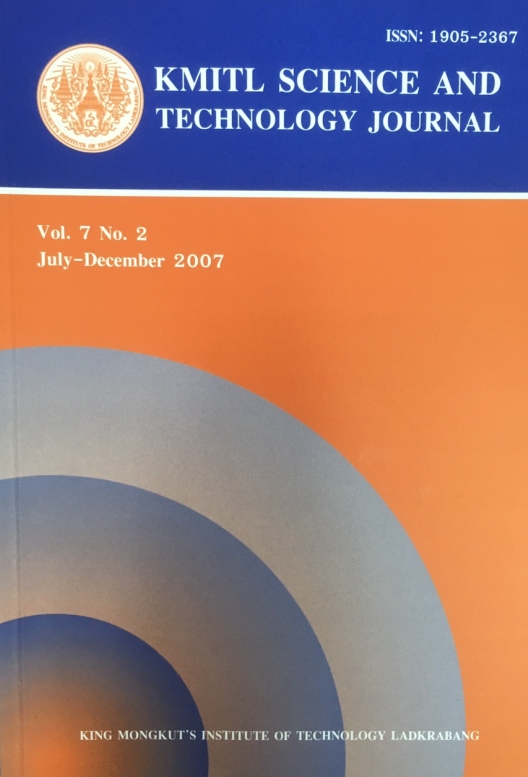A STATISTICAL CHARACTERIZATION FOR POROUS MEDIA STRUCTURES
Main Article Content
Abstract
Some porous media structures may appear complicated at first glance. With proper treatments, these structures may be simplified and characterized for further analysis. In this paper, a method to statistically characterize the structure of a porous media is presented. Tomography images of a severely damaged nuclear reactor core are used as samples to develop the proposed method. It is found that the particle and void size distributions of the samples can be obtained. These distributions appear to be good representations of the damage degree of the corresponding locations. They may be fitted by the sum of standard beta distribution functions which are easier to use for a physical and mathematical modeling of such porous structure. It is expected that this method can also be applied to different types of porous structure in other applications.
Keywords: porous media, distribution function, curve fitting, tomography, reactor core, severe accident
Corresponding author: E-mail: phongsan@gmail.com
Article Details
Copyright Transfer Statement
The copyright of this article is transferred to Current Applied Science and Technology journal with effect if and when the article is accepted for publication. The copyright transfer covers the exclusive right to reproduce and distribute the article, including reprints, translations, photographic reproductions, electronic form (offline, online) or any other reproductions of similar nature.
The author warrants that this contribution is original and that he/she has full power to make this grant. The author signs for and accepts responsibility for releasing this material on behalf of any and all co-authors.
Here is the link for download: Copyright transfer form.pdf
References
[2] Fichot, F. et al. 2005. The Use of Diffuse Interface Model to Estimate Effective Transport Properties for Two-phase Flows in Porous Media, Proceedings of 11th International Topical Meeting on Nuclear Thermal-Hydraulics (NURETH11), Avignon, France.
[3] Ortega-Bernardo, M. and Fichot, F. 2000. Post-test calculations of FPT1 test using ICARE2 V3MOD0 code: an alternative scenario, Proceedings of 8th International Conference on Nuclear Engineering (ICONE 8), Baltimore MD, USA.
[4] Meekunnasombat, P., Fichot, F. and Quintard, M. 2006. Numerical Simulation of Two-phase Flow in severely Damage Core Geometries, Proceedings of 14th International Conference on Nuclear Engineering (ICONE 14), Miami FL, USA.
[5] Jacquemain, D., Bourdon, S., De Bremaechker, A. and Barrachin, M. 2000. PHEBUS PF FPT1-Final Report, Document PHEBUS PF IP/00/479, IPSN/DRS/SEA/PEPF.
[6] WWW.http://www.xycoon.com/beta.htm (accessed on August 2005)


